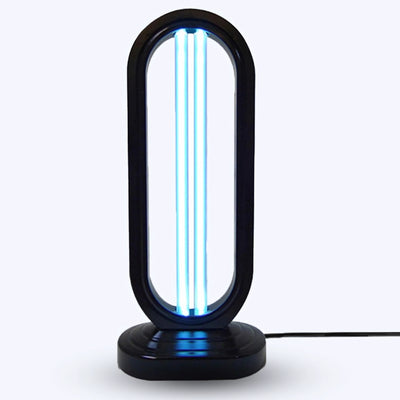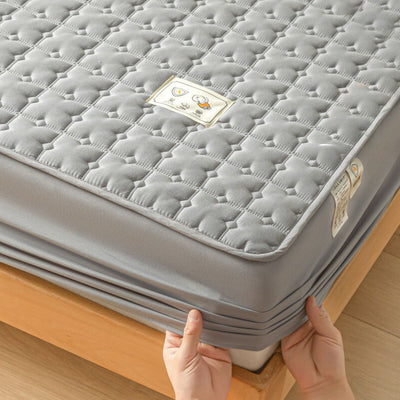Ensuring your dog maintains a healthy weight is essential for their overall well-being and longevity. Overweight dogs are at higher risk for various health issues such as arthritis, diabetes, and heart disease. Here are some practical tips and steps you can take to keep your furtastic buddy in top shape:
1. Understand and Monitor Your Dog’s Weight
Knowing your dog's ideal weight range is the first step. This can vary based on breed, age, and size. Consult your vet to determine the appropriate weight for your dog. Regularly weigh your dog and keep track of their progress to catch any weight gain early. Check your dog’s body condition regularly; you should be able to feel their ribs without pressing hard, and they should have a visible waist when viewed from above.

What You Can Do:
- Weigh Regularly: Keep a log of your dog's weight and regularly check their body condition.
- Use Body Condition Scoring: Learn how to use a body condition score (BCS) chart to assess your dog’s weight more accurately.
When to Visit an Expert:
- If your dog experiences sudden or unexplained weight gain or loss.
- If you are unsure of your dog's ideal weight or how to assess their body condition.
2. Feed a Balanced Diet and Measure Meals
Quality dog food is crucial. Opt for high-quality, nutritionally balanced dog food that meets your dog's dietary needs. Avoid foods with excessive fillers and artificial ingredients. Check the feeding guidelines on the packaging, but remember that these are just starting points; adjust based on your dog's activity level and metabolism. Use a measuring cup to ensure your dog is getting the right amount of food. Feeding twice a day can help with digestion and prevent overeating compared to free-feeding (leaving food out all day).

What You Can Do:
- Measure Food: Use a measuring cup to control portion sizes accurately.
- Split Meals: Divide the daily food amount into two or more meals.
When to Visit an Expert:
- If you need help choosing the right dog food.
- If you are unsure how to adjust portion sizes based on your dog’s needs.
3. Limit Treats and Avoid Table Scraps
Treats are a great way to reward your dog, but they should only make up a small portion of their daily caloric intake. Choose healthy treats and be mindful of the quantity. Consider breaking treats into smaller pieces to make them last longer and reduce calorie intake. Human food can be high in calories and not nutritionally balanced for dogs. Avoid giving your dog table scraps, especially those that are high in fat and sugar. Instead, offer dog-friendly fruits and vegetables as occasional snacks.

What You Can Do:
- Select Healthy Treats: Opt for low-calorie treats and offer them in moderation.
- Avoid Table Scraps: Stick to dog-specific snacks to prevent overfeeding.
When to Visit an Expert:
- If your dog has digestive issues or allergies.
- For advice on appropriate treats and snacks.
4. Encourage Regular Exercise
Exercise is vital for weight management. Daily walks, playtime, and activities like fetch or agility courses keep your dog active and burn calories. The amount of exercise needed varies by breed and age, but generally, aim for at least 30 minutes to an hour of activity each day. Providing mental stimulation through interactive toys and training sessions also helps keep your dog engaged and reduces the risk of boredom-related behaviours.

What You Can Do:
- Set a Daily Exercise Routine: Ensure your dog gets at least 30 minutes to an hour of physical activity each day.
- Use Interactive Toys: Provide toys that stimulate your dog’s mind and keep them engaged, especially when you can't take them for walks.
- Consider the Wobble Wag Giggle Ball which makes fun giggle sounds when rolled, keeping dogs entertained and active.

- Another great option is the PoochGlider Automatic Hovering Ball, an automatic hovering ball that can keep your dog entertained and moving even when you're away.

When to Visit an Expert:
- If your dog shows signs of lethargy or reluctance to exercise.
- For advice on age-appropriate and breed-specific exercise routines.
5. Regular Vet Check-ups and Consistent Routines
Regular vet check-ups are essential. Your vet can provide guidance tailored to your dog’s specific needs and help you create a weight management plan if your dog is overweight. Consistency is critical in weight management. Stick to your feeding and exercise routines, and make gradual changes rather than drastic ones. Consistent monitoring and adjustments will help keep your dog healthy in the long run.

What You Can Do:
- Schedule Regular Vet Visits: Keep up with routine check-ups to monitor your dog’s health.
- Follow a Consistent Routine: Stick to regular feeding and exercise schedules.
When to Visit an Expert:
- For regular health check-ups and vaccinations.
- If you notice any sudden changes in your dog’s weight, appetite, or behaviour.
Maintaining your purrfect pal’s weight requires attention and dedication, but the benefits of a healthy, active dog are well worth the effort. By following these tips and steps, you’ll help your dog live a longer, happier life.























